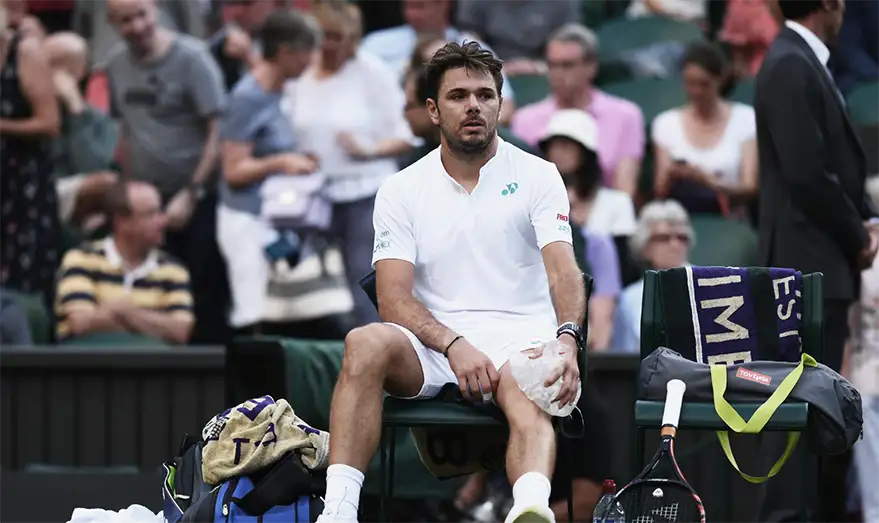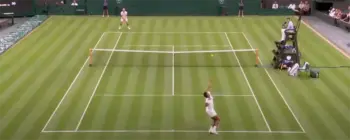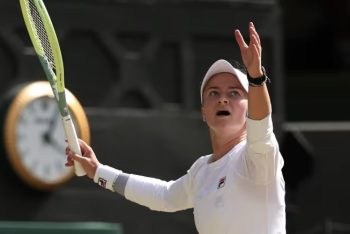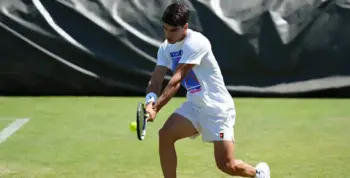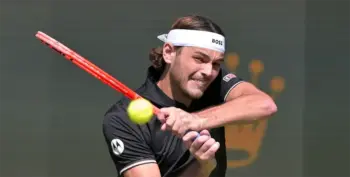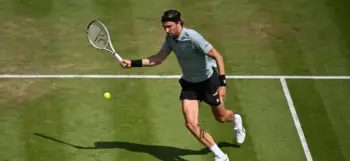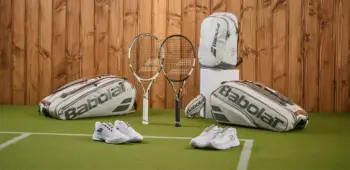About injuries on the ATP tour, is the schedule too demanding?
In the last 25 years, the competitive nature of professional tennis has pushed player retirements up by 25% on the men’s side and a staggering 50% for women. This trend isn’t just about the game getting tougher; it’s also about the relentless schedule from January to December that demands constant peak performance from all professional tennis players.
Recent research by experts from the University of Barcelona’s INEFC, UVic-UCC, UPC and the International Tennis Federation (ITF) has been diving deep into this issue. They’ve looked at data spanning over four decades to understand why players are throwing in the towel mid-match more often. Turns out, hard courts are particularly tough, with the quick stops and starts leading to more injuries.
The studies show that retirements aren’t just random; they’re influenced by the type of tournament and even the surface played on. In top-tier events like ATP Masters 1000 and WTA Premier tournaments, for every 1,000 games, men see 1.03 retirements and women 1.65, compared to lower-tier events where the figures drop to 1.56 for men and 1.36 for women. Overall, men retire at a rate of 0.87 per 1,000 games, slightly higher than women’s 0.81.
Age plays a role too, especially for male players. After hitting 27, the chance of not finishing a match doubles every five years, according to Davis Cup data, where retirements peak in the more demanding final matches, again mostly on hard courts.
More personalised training needed
These insights have serious implications for how we manage and plan tennis tournaments. There’s a clear call for more personalised training and recovery plans, with researchers like Ernest Baiget and Martí Casals suggesting a rethink on how many high-level matches players should compete in annually without risking their health. They propose better scheduling around playing surfaces and more recovery time between tournaments. We predict even further pressure on physical trainers and health professionals for the players going forward.
For the future of tennis, there’s a push towards even more research, also on new areas like mental health and its impact on walkovers and defaults. The aim is to not only improve the general competitive play but ensure the health of all players, from professionals on the ATP tour to recreational tennis nerds like ourselves.
This research follows Open Science guidelines, ensuring transparency and accessibility, involving a broad collaboration from universities and research institutions around the globe.
